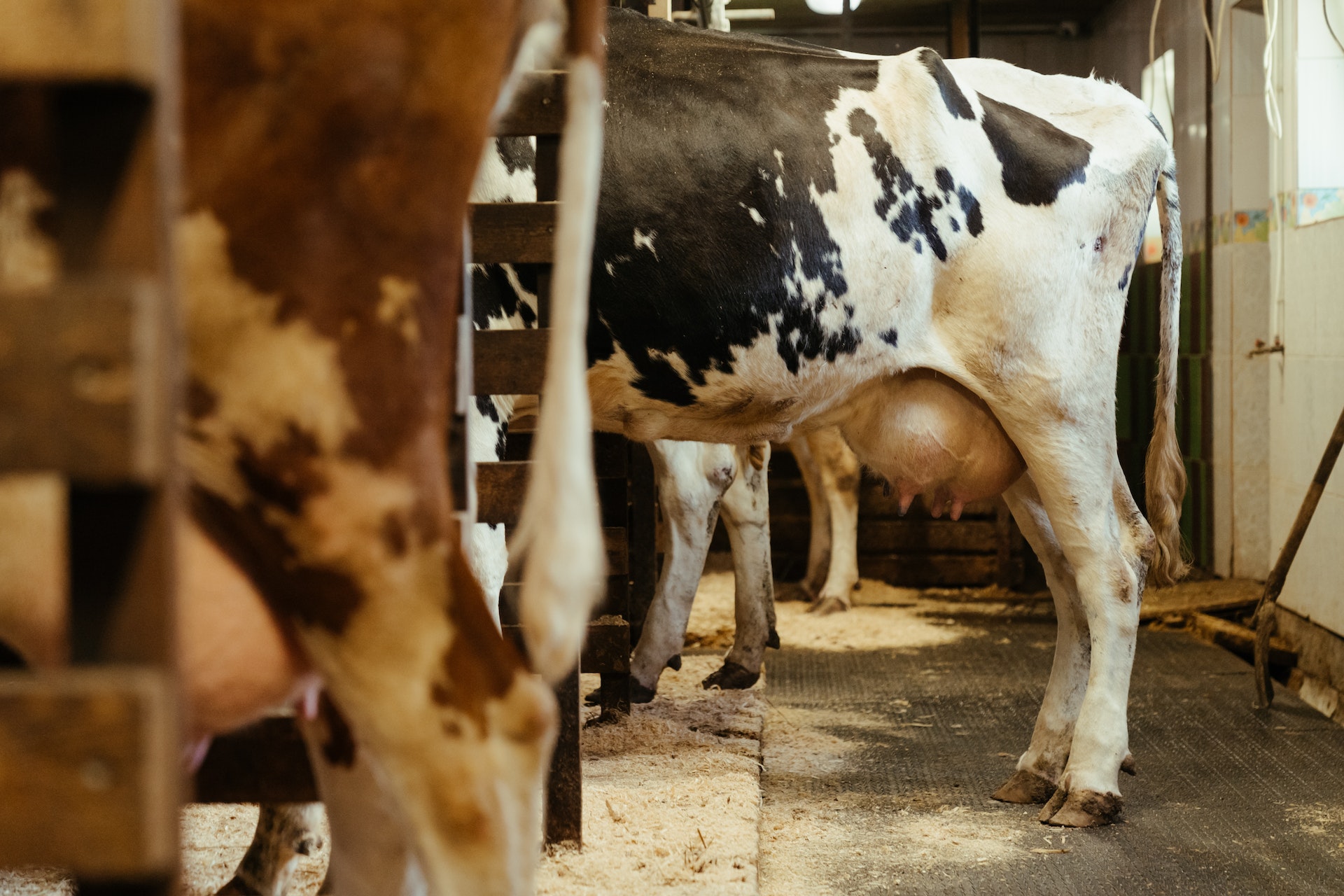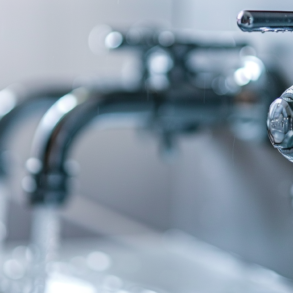Dairy farms are constantly evolving and looking for ways to improve efficiency and milk production. One of the latest innovations in dairy farming is the use of robotic milking stalls. Robotic milking stalls offer many benefits to the farmer and cows and are quickly becoming a popular choice for dairy farms worldwide.
1- Increased Milk Production
With robotic milking stalls, cows can be milked more frequently, leading to increased milk production. In addition, the robots can stimulate milk let-down by gently massaging the cows’ udder and teats. This massage is similar to what a cow would receive during natural grazing and foraging behaviors.
The increased milk production made possible by robotic milking stalls is a significant benefit for dairy farmers. Not only does it mean more milk for the farm to sell, but it also means more money in the farmer’s pocket.
2- Improved Cohesion Amongst the Herd
When cows are milked by hand, they are typically restrained in a headlock which can cause them to feel anxious and stressed. This anxiety and stress can lead to fighting and bullying amongst the cows.
With robotic milking stalls, cows are free to move around during the milking process and are not restrained in any way. This allows them to feel more relaxed and less anxious, which leads to improved cohesion amongst the herd.
3- Reduced Labor Costs
With traditional milking methods, farmers must milk the cows twice a day, every day. This is a time-consuming and labor-intensive process.
With robotic milking stalls, the robots do all of the work. The farmer has to attach the milking arms to the cow’s udders and press a button. The robots do the rest. This drastically reduces the amount of time and labor required to milk the cows, leading to reduced labor costs for the dairy farm.
4- Improved Cow Health
When cows are milked by hand, there is a risk of milking too hard, which can damage the cows’ udder and teats. This can lead to mastitis, a painful and potentially deadly infection of the udder.
Robotic milking stalls reduce the risk of mastitis because they gently milk the cows. Also, the robots are equipped with sensors that detect early signs of illness in the cows. This allows farmers to quickly address health concerns and keep their cows healthy and happy.
In addition, because robotic milking stalls allow cows to be milked more frequently, they are less likely to experience udder infections. Udder infections are a common problem on dairy farms, but they are much less common when cows are milked more frequently.
Robotic milking stalls offer many benefits to both dairy farmers and cows. They are quickly becoming a popular choice for dairy farms around the world. If you are considering switching to robotic milking stalls, carefully weigh the pros and cons before making a decision. Talking to an experienced dairy farmer can also be helpful. They will be able to give you first-hand insight into what it is like to use robotic milking stalls on a dairy farm.









